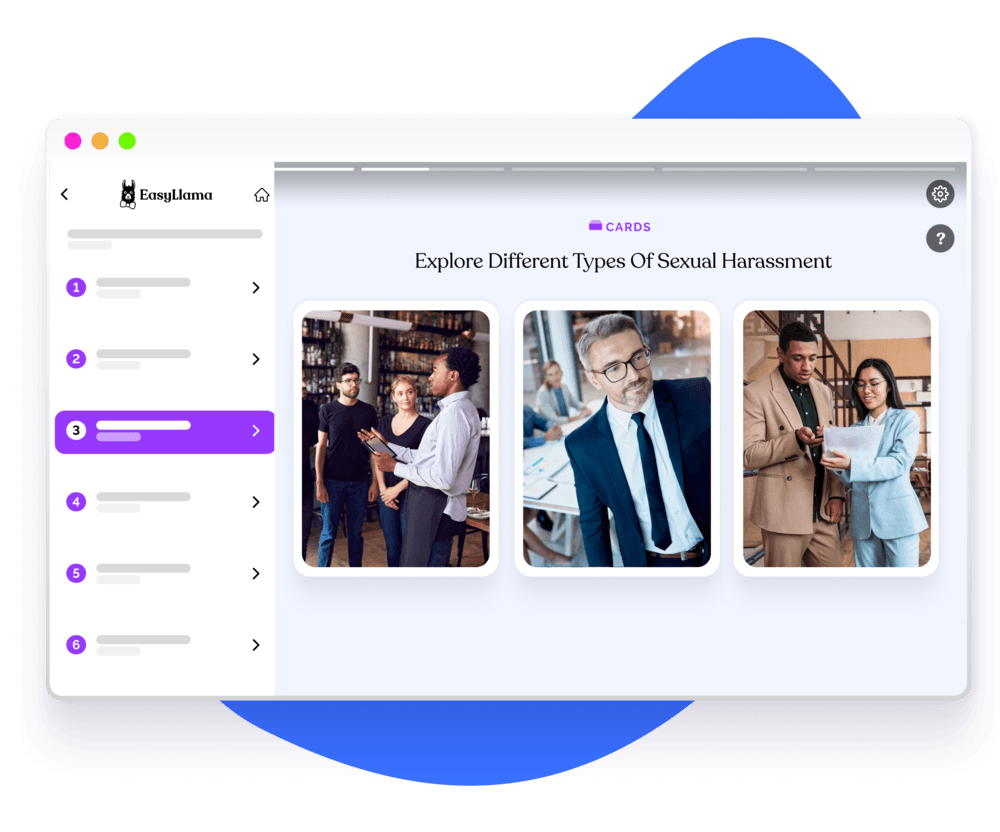Online Harassment
Online harassment, also known as cyberbullying, can take many forms including sending abusive or threatening messages, posting offensive comments, or spreading rumors. It can have a profound impact on the target’s life, and it is important to understand how to prevent and respond to online harassment. This chapter will provide information and resources to help people protect themselves and others from online harassment.

Impact of Online Harassment in the workplace
Online harassment in the workplace can have a significant negative impact on both employers and employees. Harassment in any form can be damaging to morale, reduce productivity, and even lead to decreases in job satisfaction. It can also create an environment of fear and distrust, which can lead to decreased collaboration and communication. Additionally, it can also create legal issues for both employers and employees, such as breaches of contract, lawsuits, and even criminal charges. In order to ensure a safe, healthy, and productive workplace, employers must take steps to combat online harassment and create policies that protect employees from any form of harassment.

Online Harassment and Remote Work
Working from home can sometimes leave individuals feeling isolated and vulnerable to online abuse. Bullying, threats, and other forms of abuse can be especially damaging for people who are working in a remote environment. Employers should take steps to ensure that their employees feel safe and supported when working from home, such as providing training on how to recognize and respond to online harassment. It is also important to create a clear policy on online harassment and set clear boundaries for acceptable behavior. Additionally, employers should be proactive in creating a culture of respect and kindness in their workplace, both online and offline.

To help combat this issue, it is important for employers to understand best practices for preventing online harassment. Here are some best practices to help prepare your workforce to combat online harassment:
When training employees on the policy, make sure to emphasize the importance of respect in communications, both online and off. Provide examples of appropriate and inappropriate behavior, and explain the consequences of engaging in online harassment. Encourage employees to report any incidents of online harassment, whether they are the target or witness of the harassment. Explain the steps that will be taken if a complaint is made and emphasize the importance of maintaining a safe and respectful workplace.
Investigating all reports of online harassment is a key step in preventing it from occurring in the workplace. All reports should be taken seriously and investigated thoroughly. The investigation should include interviews with the accuser, the accused, and any witnesses, as well as a review of any relevant emails, messages, posts, or other digital communications. Once the investigation is complete, appropriate disciplinary action should be taken, including possible termination for serious violations. The accuser should also be kept informed of the progress of the investigation and any actions taken.
This reporting system should provide multiple ways for employees to report incidents of online harassment, including email, telephone, and online forms. Ensure that the reporting system is confidential and secure, and that the reporting process is clearly outlined. The reporting system should also include a way for employees to report any instances of retaliation they may experience after filing a report. Establish a designated person or team to receive and investigate reports, and follow up with the complainant. Make sure the complainant is aware of the progress of the investigation and the outcome.

Rise of Online Harassment in the workplace
A shift to remote work has unfortunately led to an increase in online harassment. While the workplace has always had a problem with harassment, the lack of physical barriers and anonymity of the internet has made it easier for people to be targeted. With the rise of social media, the problem of online harassment has only gotten worse. People can be harassed without ever having to face their harasser in person. Harassment can take many forms, such as bullying, racism, sexism, and other forms of discrimination. It is important for companies to have clear policies in place to protect their employees from online harassment and make sure that employees feel safe and comfortable in their workplace.
Examples of online bullying in the workplace
Online harassment is becoming an increasingly common problem in the workplace. It can take many forms so it’s important to be aware of some common examples:
Here are some myths to look out for:
- -
Sending threatening or intimidating emails.
- -
Posting defamatory statements on social media.
- -
Spreading rumors or lies about an employee
- -
Excluding or isolating an employee
- -
Withholding necessary resources or information to do the job

Promote a workplace free from Online harassment through employee education
This chapter offers employees the tools and knowledge to understand the different types of online harassment and provides them with strategies for addressing it. Employees are trained to recognize the signs of online harassment and how to respond appropriately. This education helps to ensure that everyone in the organization is treated with respect and is able to work in an environment where their voice is heard, respected, and valued.

Helping over 8,000 organizations create a safer, more productive workplace
Sexual Harassment prevention is an essential training course to ensure that employees are aware of their duty to report any behavior of a sexual nature that is unwelcome. The course covers:





















